
After an absence of seven years—a period overshadowed by civil war, insurrection and political turmoil—Egypt returned to the Africa Cup of Nations in 2017 and, inspired by Mohamed Salah, reached the final to reaffirm their status as continental giants.
The intervening two and a half years have brought mixed fortunes, with the rise of Salah giving the nation increased prominence in a global context, and the Liverpool superstar also inspiring the North Africans to their first World Cup since 1990.
However, the promise of Hector Cuper’s era was extinguished in Russia, as the Pharaohs contrived to lose all three matches, despite being pooled into a favourable group.
Of course, Salah’s fitness concerns—the forward injured his left shoulder in a Champions League final tussle with Sergio Ramos—denied Egypt their primary offensive weapon, although Cuper’s own limitations were also exposed in brutal fashion and he was soon axed.
Considering the tumult the national side encountered during that bruising World Cup campaign, where Salah and the Egyptian Football Association found themselves on a collision course, and a negative style lost much of the goodwill the team had amassed, it’s something of a surprise that expectations are so high ahead of the 2019 Nations Cup.
Egypt certainly benefited from Caf’s loss of faith in Cameroon as potential Nations Cup hosts.

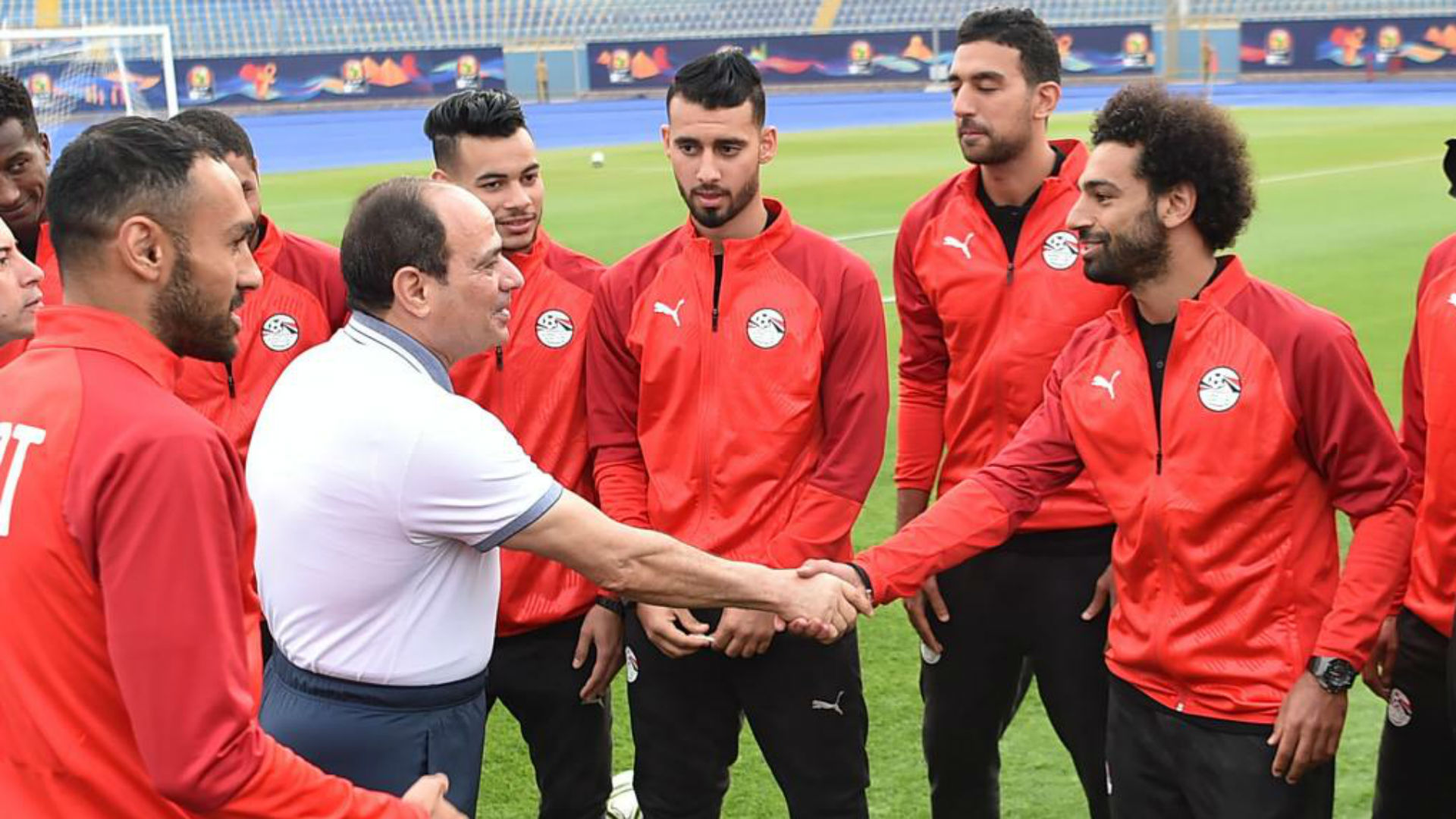
The Central African nation weren’t deemed ready to organise the expanded 24-team tournament in late 2018 and were stripped of hosting rights, before Egypt pipped South Africa—the only other country to volunteer—to earn the chance to host.
It means that Salah and co. will enjoy home advantage—specifically, feverish support from a passionate, football-mad populace—and the comforts that come with playing an international tournament in familiar surroundings.
Similarly, there’s plenty of experience in this squad.
While Ali Gabr, Essam El-Hadary, Ahmed Fathy and Ramadan Sobhy—all veterans of the 2017 final—are no longer present, eight of Cuper’s starting line-up from the Libreville showdown with Cameroon return for another shot.
Salah, Ahmed Hegazy, Ahmed Elmohamady and Mohamed Elneny all have Premier League experience, while a large portion of the squad is drawn from Zamalek SC and Al-Ahly, both regulars in the latter stages of continental competitions.
The arrival of Javier Aguirre—Cuper’s replacement—has also boosted morale.

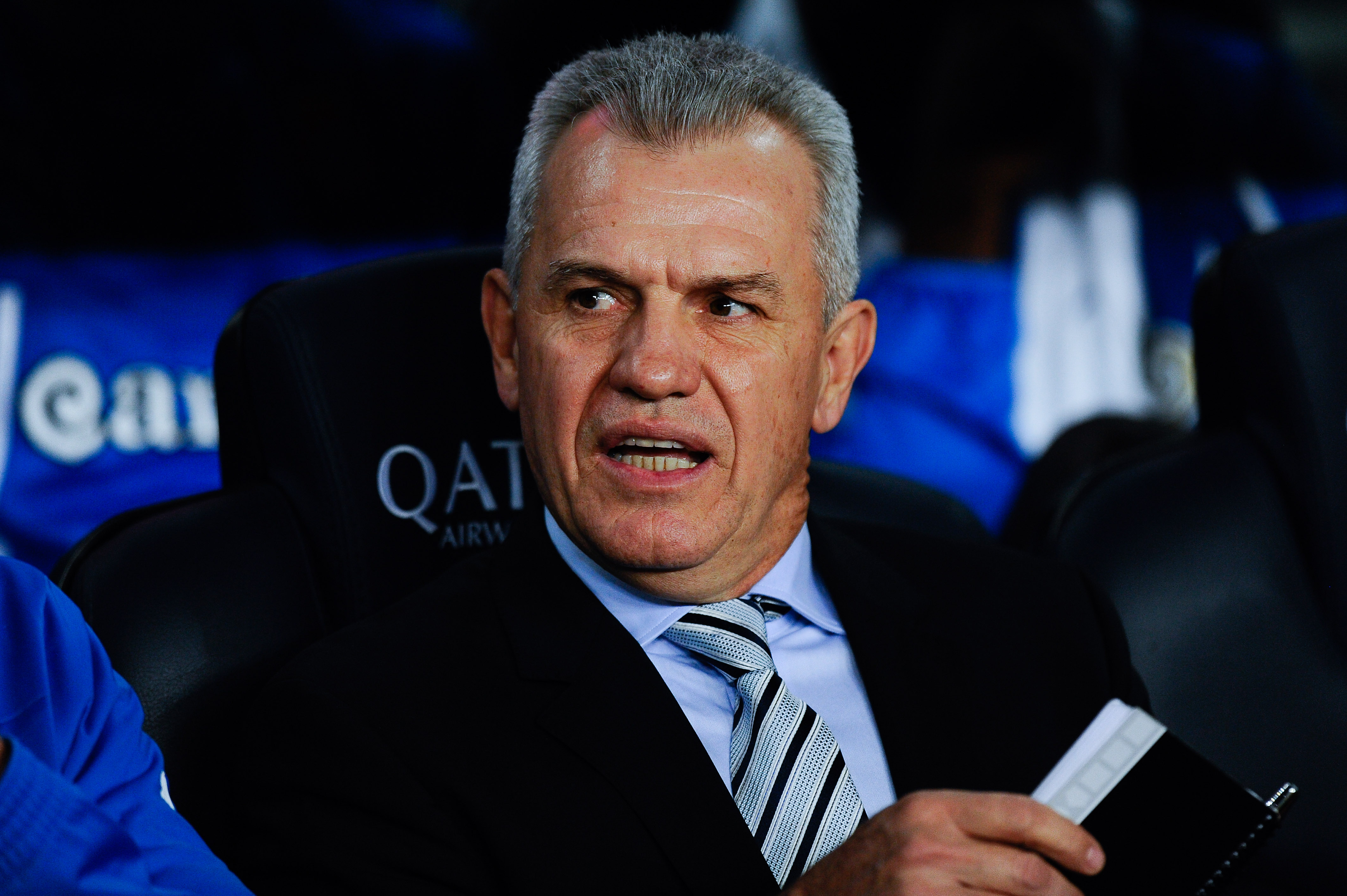
Winning his first four matches in style certainly helped—particularly the 3-2 victory over Tunisia during the qualifying campaign—while the new man has proved himself to be more of a pragmatist, and more flexible, than his predecessor.
While Cuper’s conservative tactics often limited some of the squad’s more attacking players, the likes of Marwan Mohsen and Trezeguet have been in fine form since the World Cup, scoring three goals each under Aguirre.
The Mexican deserves credit for freshening up the squad as well; Baher El Mohamady has become a regular, while Ali Ghazal has been restored to offer more presence in midfield.
The experienced Walid Soliman, neglected by Cuper, is back in the squad, while Ayman Ashraf looks to have made the left-back berth his own.
However, home advantage and positivity doesn’t quite compensate for this Egypt team’s various limitations, and don’t quite explain why they’re being backed so strongly by the bookies.

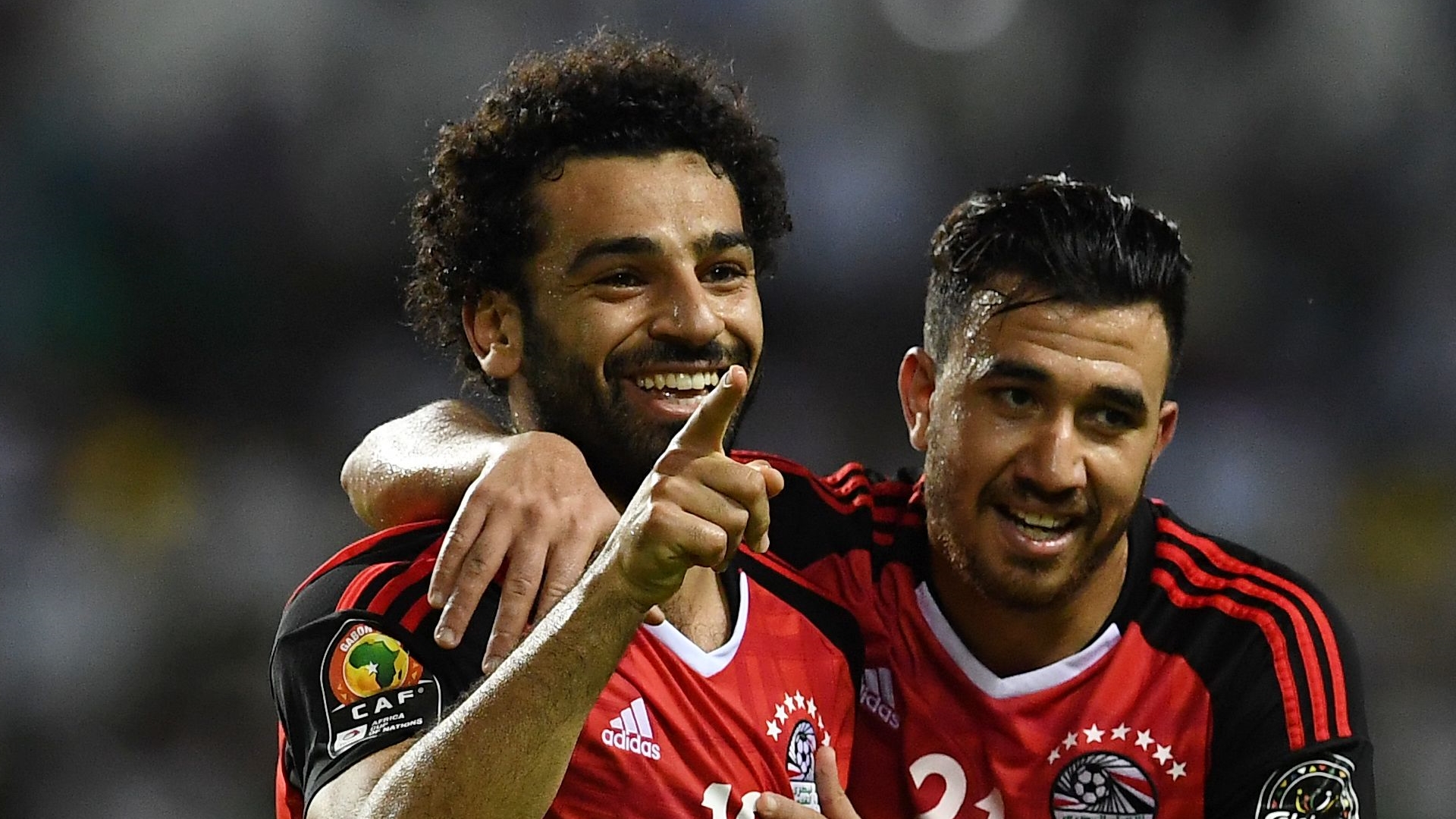
For a start, while Salah remains arguably Africa’s most lethal player—even if Sadio Mane’s fans might disagree—an over-reliance on the Champions League winner can limit the Pharaohs if he’s closed down and neutralised effectively.
While Tunisia struggled to contain Salah, his previous performances under Aguirre had come against the likes of Eswatini and Niger, and there is—as yet—no concrete evidence that other players will step up if he’s silenced.
Yes, the increasing contributions from Mohsen and Trezeguet are encouraging, with the latter enjoying two fine campaigns with Kasimpasa in the Super Lig, but Aguirre is yet to demonstrate that he can get the best out of Amr Warda or Kouka for example.
Even if he can improve their output, however, are they players who boast the game-changing qualities as Nicolas Pepe, Hakim Ziyech or Wahbi Khazri?
If Senegal’s opponents focus on Mane, then Ismaila Sarr or Mbaye Diagne can inflict damage; if Tunisia’s opponents concentrate too much on Khazri, then Naim Sliti can hurt them, while Algeria and the Ivory Coast each boast a swathe of match-winners who can punish teams.
Beyond Salah, Egypt remain limited.

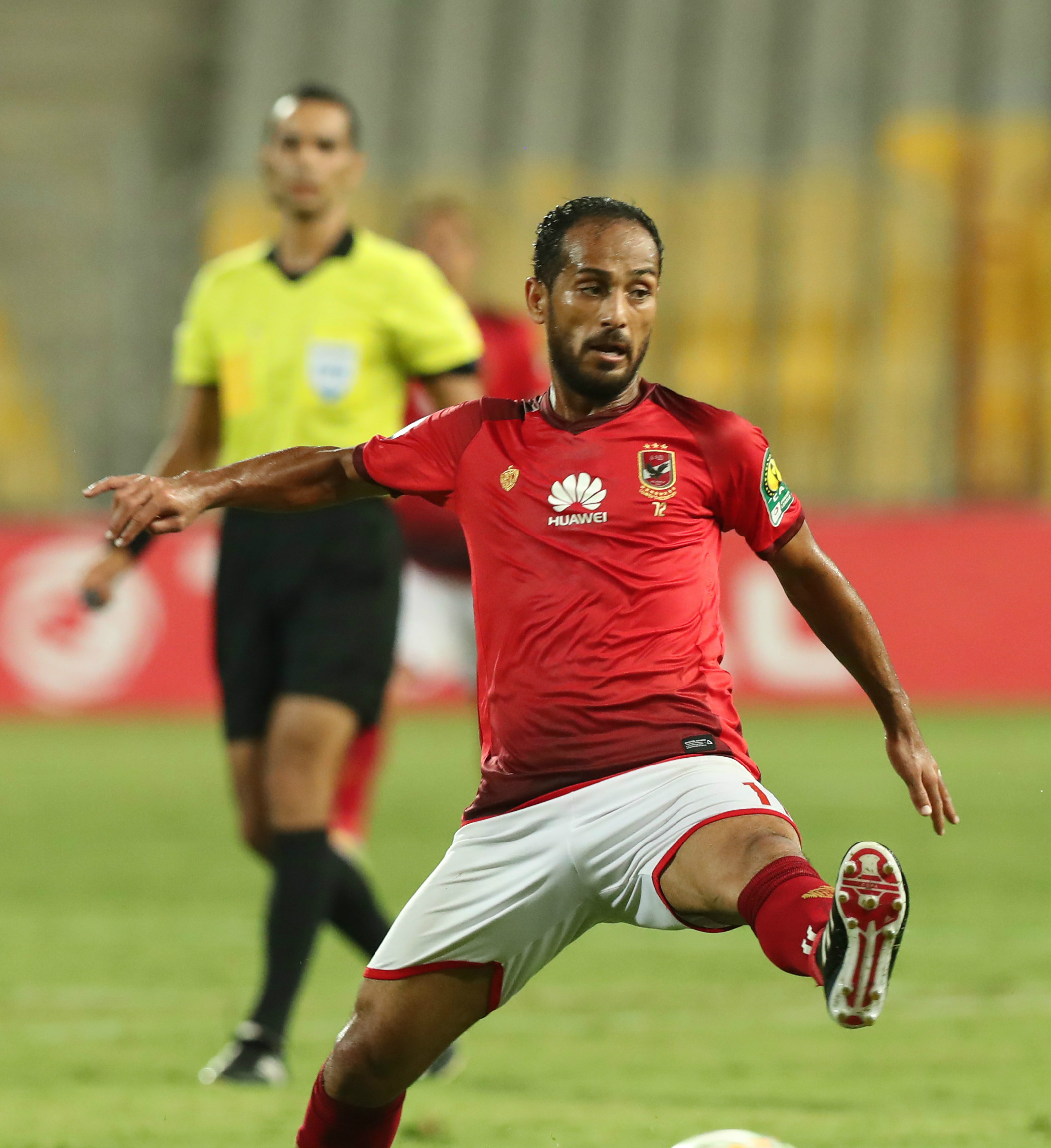
That’s not to say the hosts don’t possess players of guile and invention; while Tarek Hamed and Elneny are workmanlike options in the midfield, the returning Soliman is capable of prising open defences, be it from open play or set-pieces, however, his form has dipped over the last 12 months, and he’s not the prospect he would have been 12 or even six months ago.
Then there’s Abdallah El-Said, the Pyramids FC midfielder, who will be used as Egypt’s central attacking playmaker, either in a 4-2-1-3 or a 4-2-3-1.
El-Said, even at 33, remains an exquisite prospect, and the kind of trequartista who can get the best out of the Pharaohs’ frontmen.
He has the agility and touch to beat a man, his passing his excellent—eight assists this season—and he boasts the kind of vision that can’t be matched by Senegal or Cameroon, for example.
However, like a few other creaking elements of this Egypt team, his best days may be behind him, and his lack of pace means he requires others to do the work—and the movement—for him.

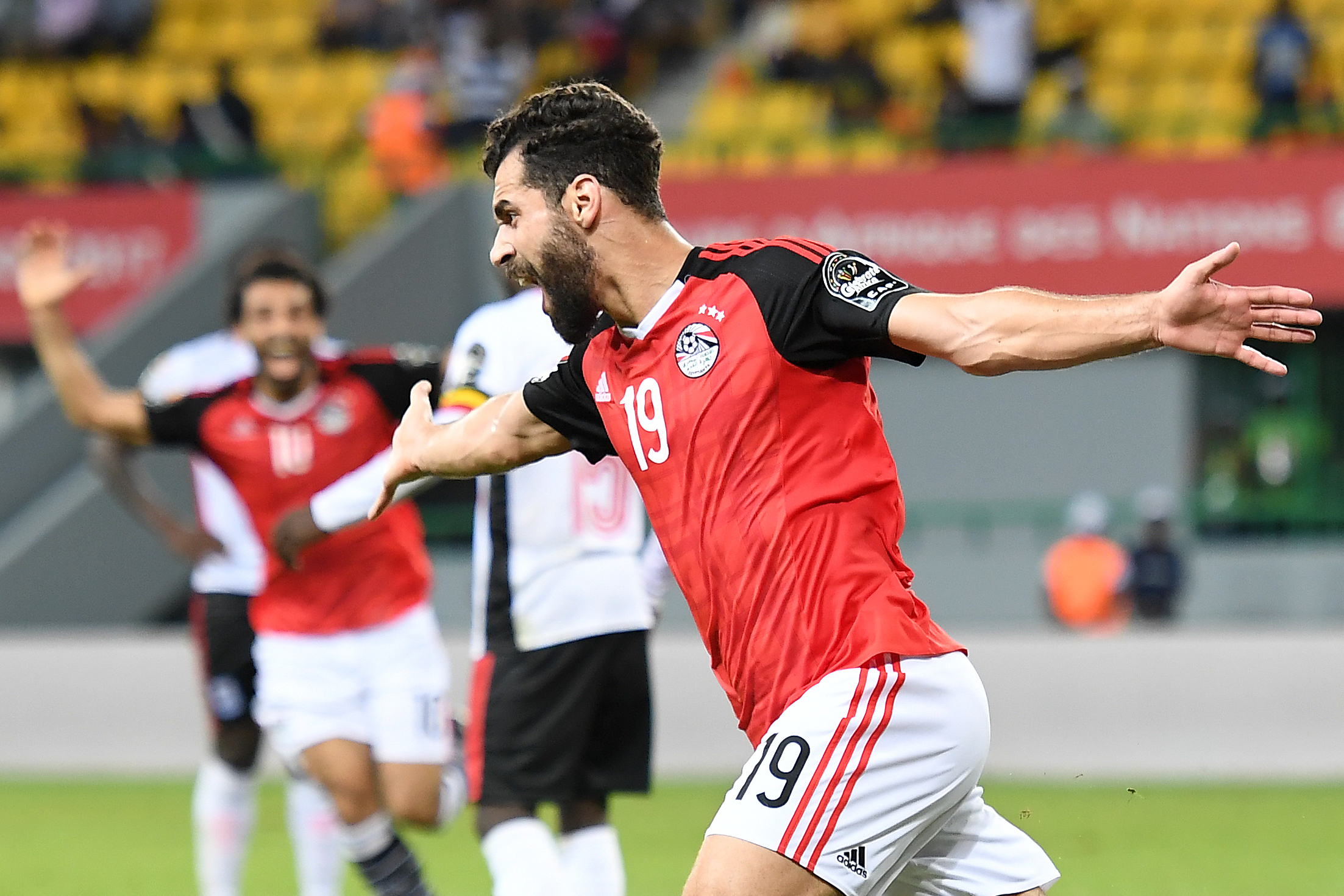
It will be fascinating to see how El Said fares against Uganda’s tenacious defensive midfielders, for example, or Zimbabwe’s duo of Marvelous Nakamba and Danny Phiri, as all will look to close him down, deny him the space, and kill off Egypt’s creativity through the middle.
Cranes coach Sebastien Desabre has made no secret of the fact that his primary strategy for stopping Salah will be to prevent him from getting the ball, and stifling El Said will be central to that strategy.
Defensively, while Egypt are a compact unit—and one of the tournament’s better backlines—they have sometimes struggled to play the more proactive, aggressive style demanded by Aguirre, which has involved a higher line than was utilised under Cuper.
While Hegazy—a classic stopper—has largely adapted well, they were caught out at times against Tunisia, and Zimbabwe, Uganda and the Democratic Republic of Congo boast more than enough direct, pacy forwards to punish the hosts on the break.

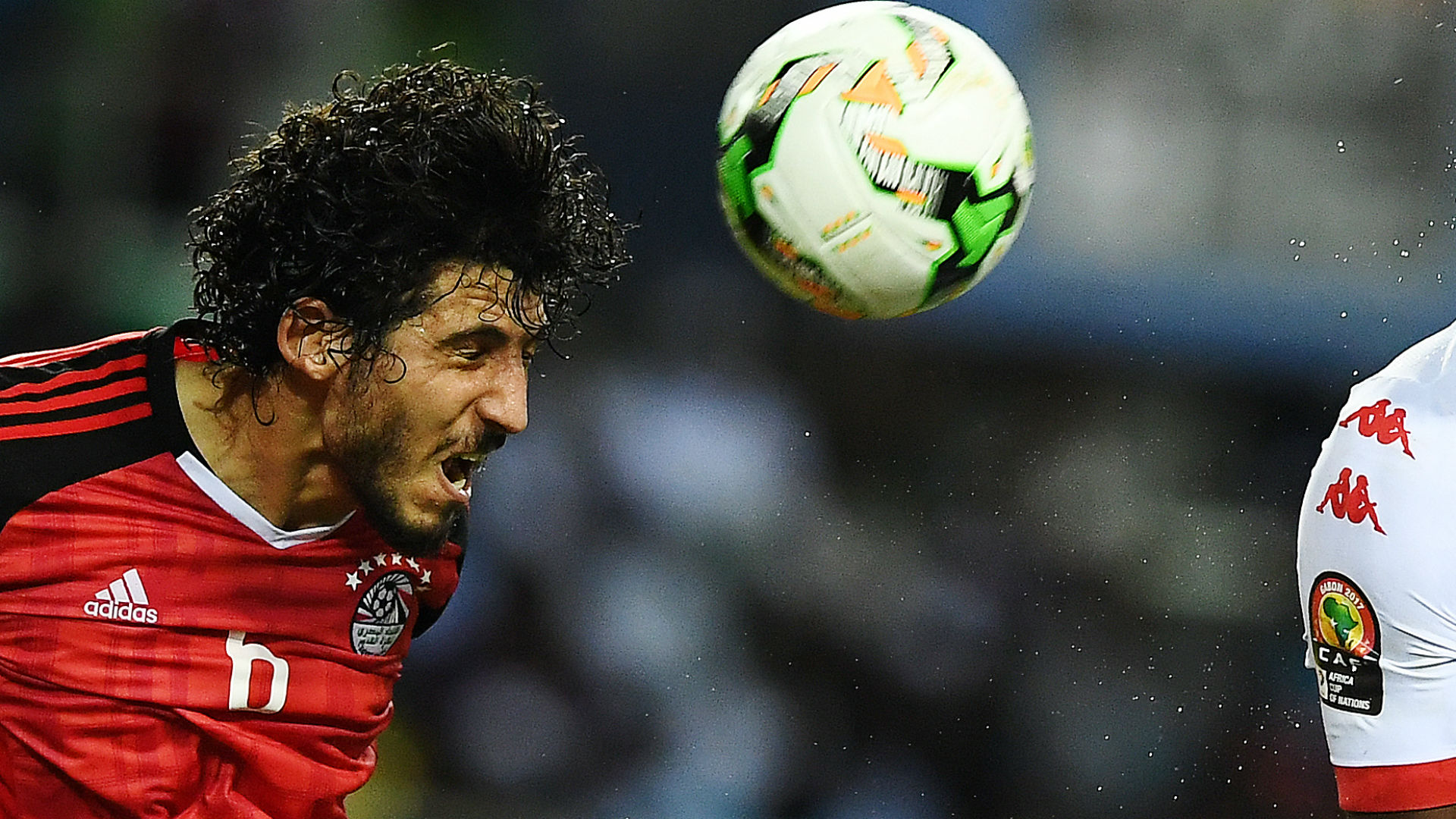
Finally, there’s the pressure…
Underpinning the positivity around the Pharaohs camp is a brooding sense of expectation that this team will end the nine-year wait for a continental crown.
Opponents will likely play on this element; playing a cagey game, stymying, denying and frustrating the Pharaohs, in order to prompt panic in Aguirre’s side.
At the World Cup, and in the 2017 final, there was a distinct slump on the field when things weren’t going their way, and it was a similar story in a recent low-key friendly against Nigeria, when Egypt never really looked like rousing themselves following an early Paul Onuachu strike.
There’s a fervent positivity around Cairo ahead of the hosts’ attempt to reclaim their crown—you can almost smell it—but Egypt haven’t demonstrated enough, yet, to justify the favourites tag that’s being bestowed upon them.

Be the first to comment